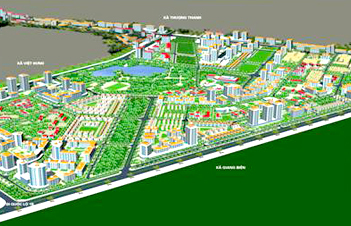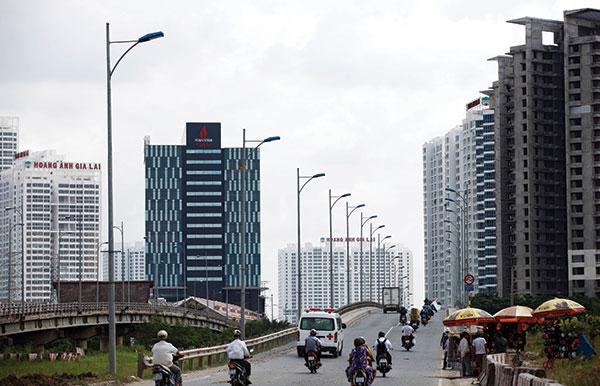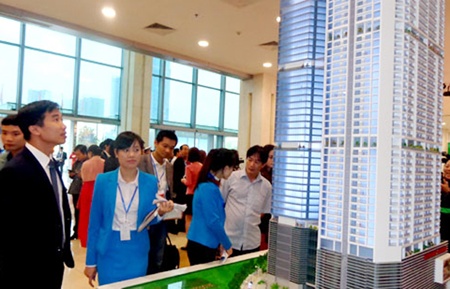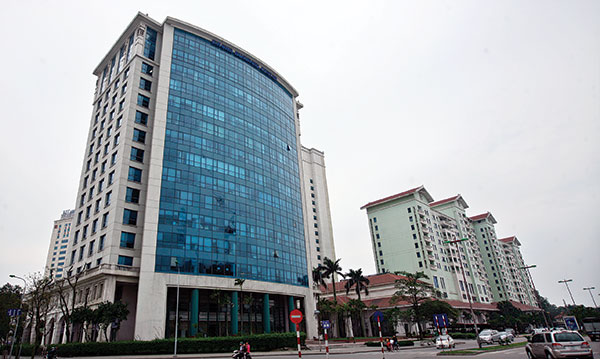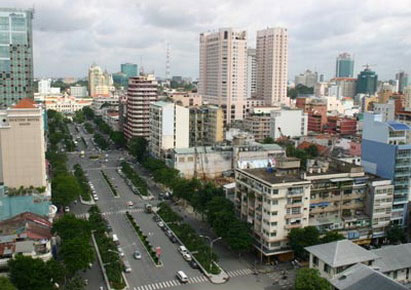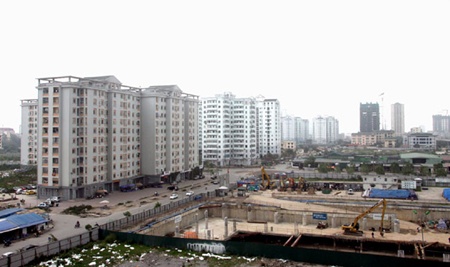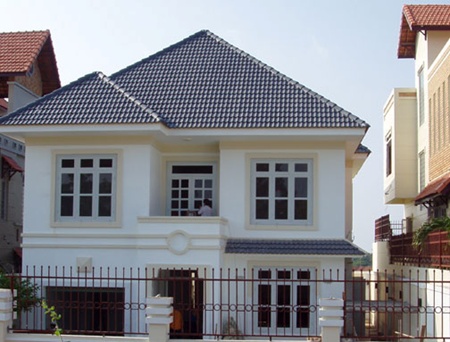Property transparency
Property transparency
The revised Law on Housing and Real Estate Business, for which the Government is soliciting public opinion, is expected to help better control the property market.
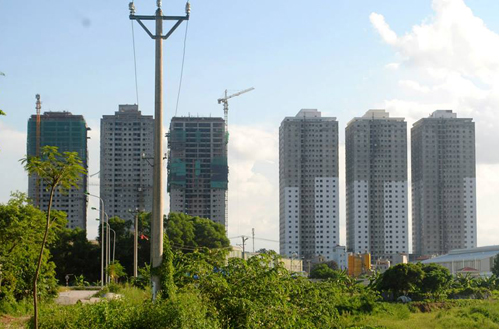
In 2009 the Government brought in a regulation requiring all real-estate transactions to be carried out through transaction floors to make the market more transparent.
While the number of transaction floors quickly multiplied, their effectiveness has not been as expected.
According to the Ministry of Construction, by March the country had 1,012 property transaction floors, including 469 in Ha Noi and 397 in HCM City.
In 2012, around 8,000 transactions were done through them.
Among the weaknesses of the system are the shortage of information, lack of a national data system, poor professional skills of employees at trading floors.
As a result, they have been unable to make accurate or consistent forecasts about the market.
The transaction floors' main task is to offer advice on prices and relevant legal procedures to enable people to buy properties at market rates, but most of them now act merely as intermediaries between sellers and buyers to get commissions.
Official agencies lack comprehensive data about residential housing projects, total office space available for rent, or commercial space, not to speak about real estate prices.
The revised law will not force organisations and individuals to carry out transactions at the real-estate floors, only encourage them in the interest of transparency.
This means that organisations and individuals can also turn to their lawyers for help when they want to buy real estate or invest in property projects.
This will mean the survival of the fittest for the transaction floors, with only the most professional and efficient thriving.
The amended law also requires property developers to report on their progress and real-estate transaction floors to report on transactions. Failure to do so will be penalised.
vietnamnews







